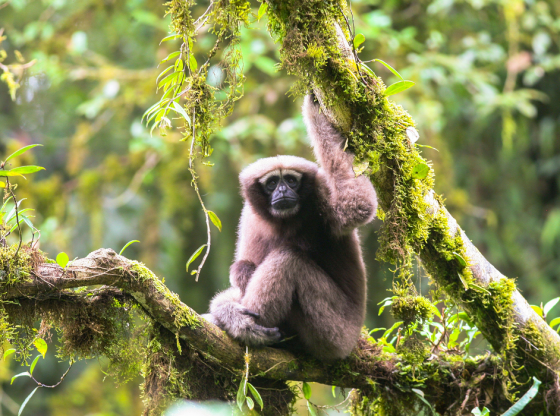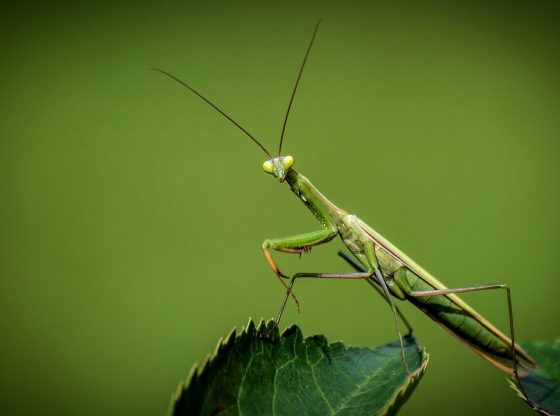Some features of a giraffe’s spot pattern are passed on from mother to baby, according to a new study led by researchers from Penn State. The study also reveals that survival of young giraffes is related to spot pattern, which may help provide camouflage from predators.
Giraffe spots are distinctive and beautiful, as shown by the popularity of giraffe patterns in fashion and design. But how giraffe patterns came to be and what purpose they serve in the wild was a mystery until this now.
Giraffe spot patterns are complex and can be quite different among individuals, but we don’t really know their purpose in the wild. Complex markings can help animals evade predators, regulate their temperature, or recognize family or individuals, all of which can affect their ability to survive and reproduce.
In this study, we analyzed survival records and photos of spots of Masai giraffes, and show that spot patterns do affect juvenile survival and are heritable — they are passed from mom to baby.
In the study, researchers analyzed data from 31 pairs of females and calves, as well as record of 258 giraffes at the age of four months. Especially their color was evaluated for 11 characteristics that describe the size, shape, and color spots. The neural network showed that two of 11 staining characteristics (degree of circularity of the spots and the clarity of their boundaries) coincide females and their offspring, pointing to a direct inheritance of these properties.
Giraffe skin color is uniformly dark gray, but their spots are highly variable in color and shape, ranging from nearly round with very smooth edges to elliptical with jagged or lobed edges. Spot patterns do not change as an animal ages, which allows researchers to identify individuals based on their unique patterns.
The study also reveals that survival of young giraffes is related to spot pattern, with some shapes better for survival than others. For example, newborn giraffes that have larger and irregularly shaped spots are more likely to survive the treacherous first few months of life than animals with different patterns.
This study also highlights how modern image software and statistical methods can be used to reliably analyze complex coat patterns.
Reference:
Derek E. Lee et al. Seeing spots: quantifying mother-offspring similarity and assessing fitness consequences of coat pattern traits in a wild population of giraffes (Giraffa camelopardalis). PeerJ 2 oktober 2018. DOI: 10.7717/peerj.5690












![OpenAI. (2025). ChatGPT [Large language model]. https://chatgpt.com](https://www.illustratedcuriosity.com/files/media/55136/b1b0b614-5b72-486c-901d-ff244549d67a-350x260.webp)
![OpenAI. (2025). ChatGPT [Large language model]. https://chatgpt.com](https://www.illustratedcuriosity.com/files/media/55124/79bc18fa-f616-4951-856f-cc724ad5d497-350x260.webp)
![OpenAI. (2025). ChatGPT [Large language model]. https://chatgpt.com](https://www.illustratedcuriosity.com/files/media/55099/2638a982-b4de-4913-8a1c-1479df352bf3-350x260.webp)








